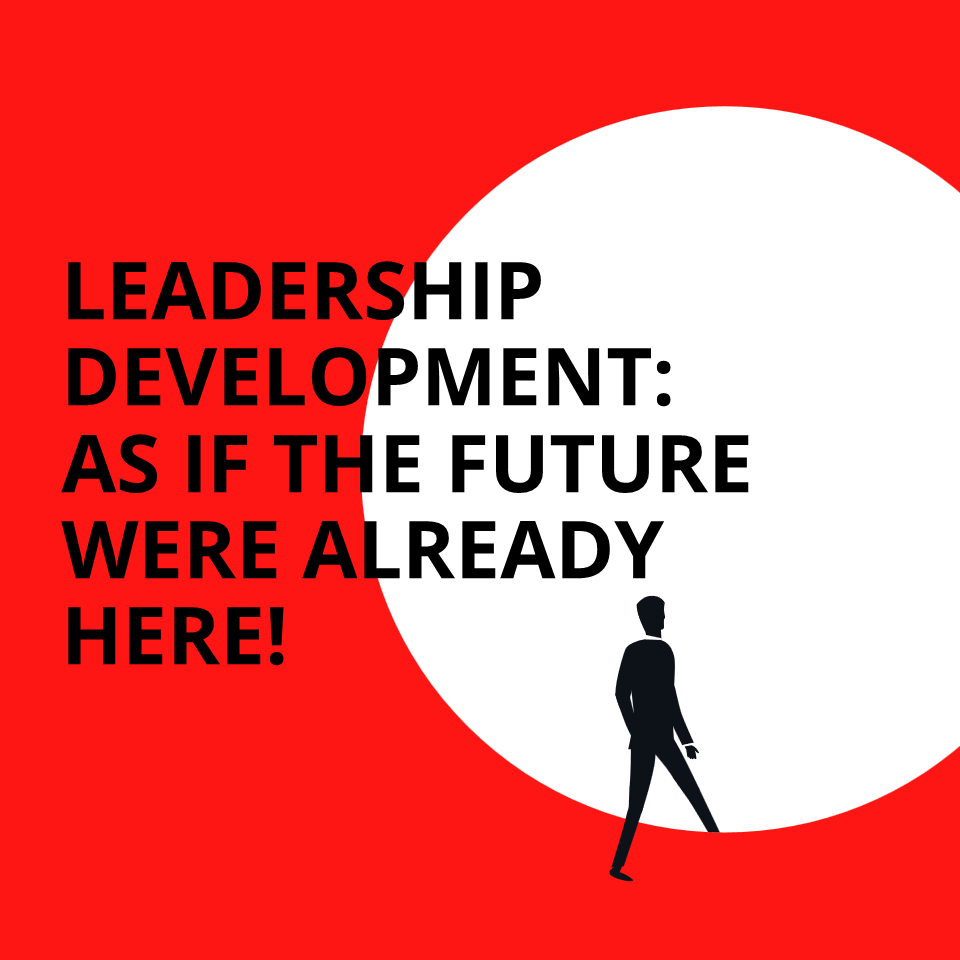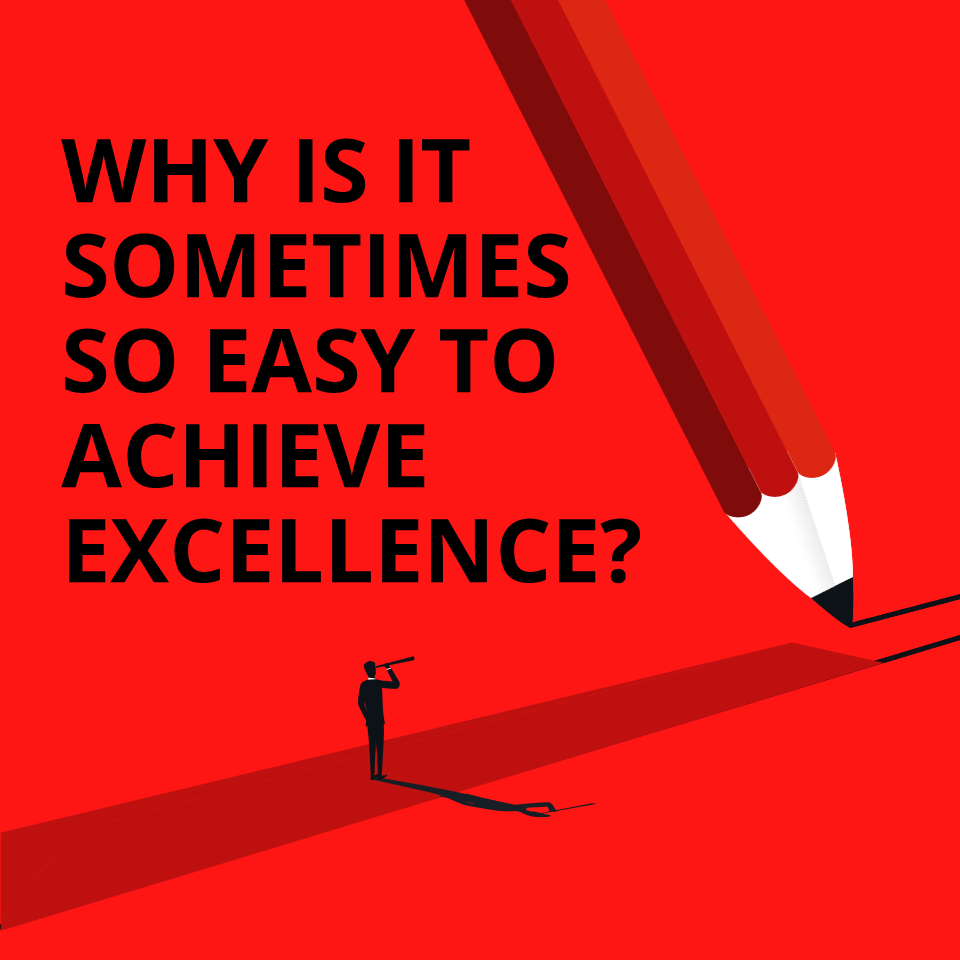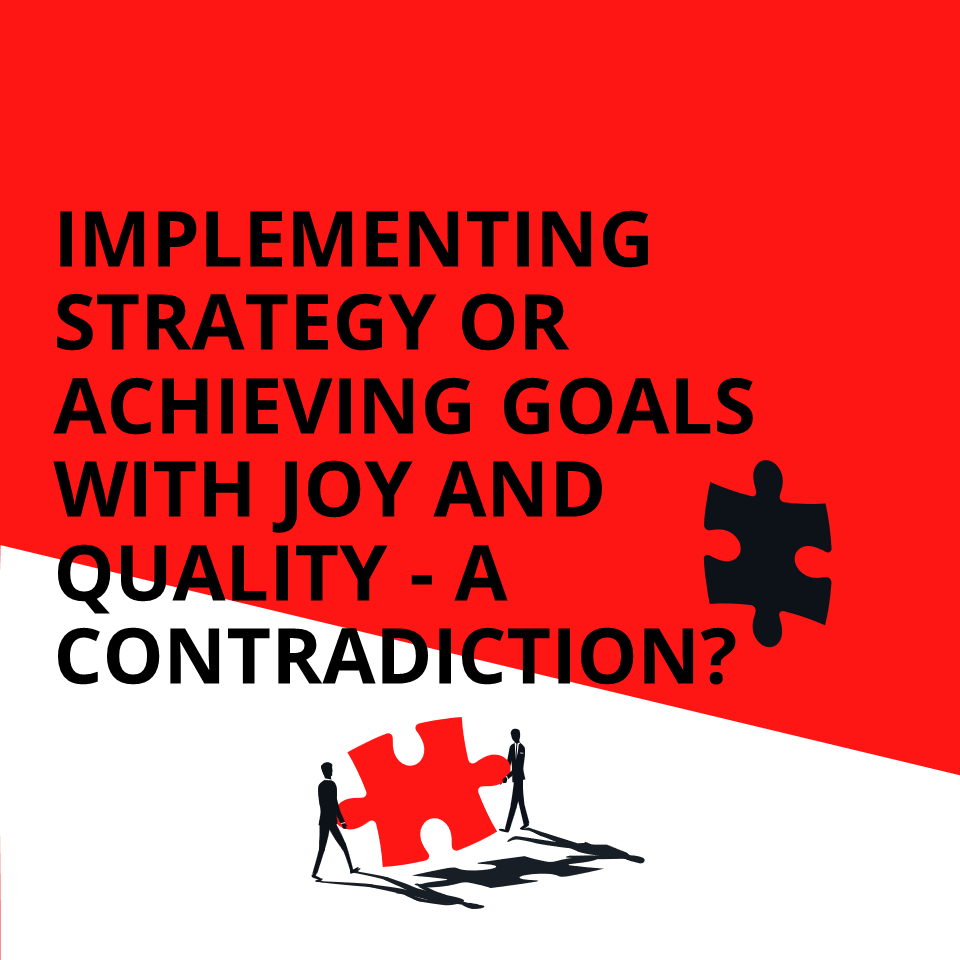In addition to tasks and tools, leadership development programs should also impart leadership values. In our view, it is important that the way in which leadership development is designed already brings to life the values it is intended to convey.

“We need leaders who lead with more confidence, empowerment and personal responsibility. Please design us a leadership program 3 × 2 days with the following contents …”
… this or similar is how we receive many requests from our customers.
If you analyze current leadership development programs a little more closely in terms of structure, content and learning method, you quickly recognize one of the main problems with leadership development today:
The way leadership programs are designed does not express what they are intended to achieve.
Shouldn’t we ask ourselves the following question instead?
“How would we design a leadership program if trust, empowerment, and ownership were already in place?”
Then wouldn’t we …
- Design the program in such a way that participants themselves determine as far as possible which content is relevant to them individually and to the company?
- Trust that managers want to and are able to learn?
- Create structures that ensure leadership learning as an ongoing process?
- Support managers in defining together what good leadership means for your company?
The idea that leadership is the same everywhere and that managers must therefore learn the same things expresses just as little trust, empowerment and personal responsibility as predetermined content and tight time structures.
It makes sense to define a common framework within the company. This can be done, for example, by jointly defining leadership principles or guidelines. When defining this framework, it is also good to rely on the reflected experiences of the managers, because after all, they are the ones who make this framework effective.
Design principles for contemporary leadership learning
Once a common framework has been found, learning can and should be largely individualized.
So what should “program designers” look for in order to design leadership learning in such a way that it is efficient on the one hand, but also that important (future) leadership values are already expressed by the way the program is designed?
We suggest the following criteria:
- Be clear about what can be achieved through the program and how this can already be expressed through program design.
- What is learned is what is considered relevant and meaningful by the learner and serves the company and the employees in their development. So let the participants largely determine what is relevant and meaningful.
- Learning is mainly through application and practice. Learning takes place in reality and not in the seminar room.
- Offer space for learning and reflection in everyday life and on the job.
- Challenges and well-dosed stress promote learning and working on real, strategically important problems increases the efficiency of leadership learning enormously. On the one hand, these challenges are solved in better quality, and on the other hand, only what is really needed is learned.
- Build into your program real business challenges that are worked on and solved within the program.
- Learning requires reflection, dialogue and conversation.
- Ensure sufficient communication, exchange and networking within the program. Across divisions and hierarchical level
Let us know what you think about this topic and leave us a short comment.
And if this post is valuable to you, feel free to share it using the selection below.



